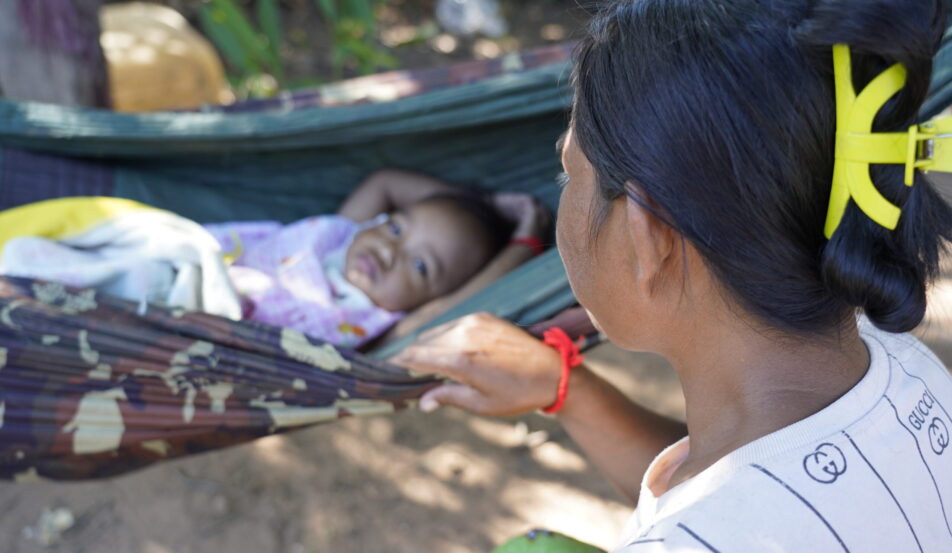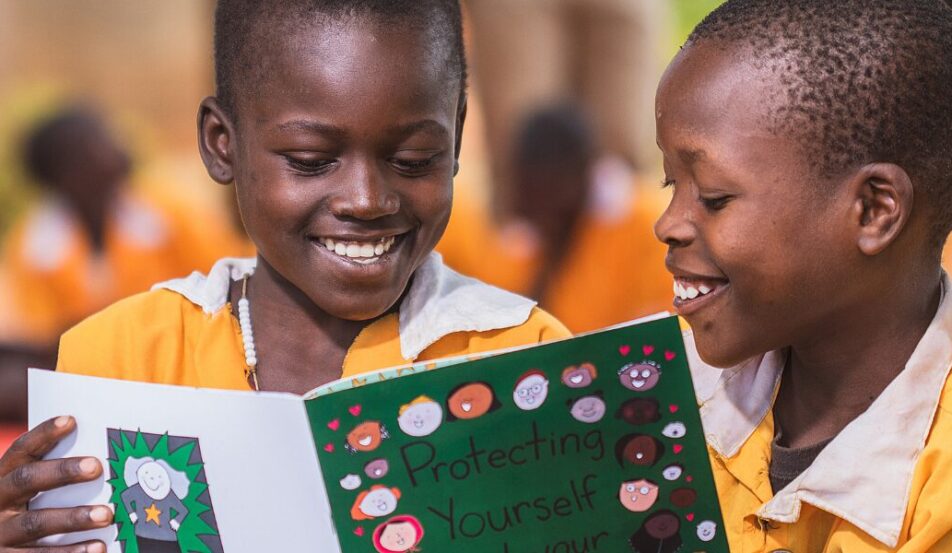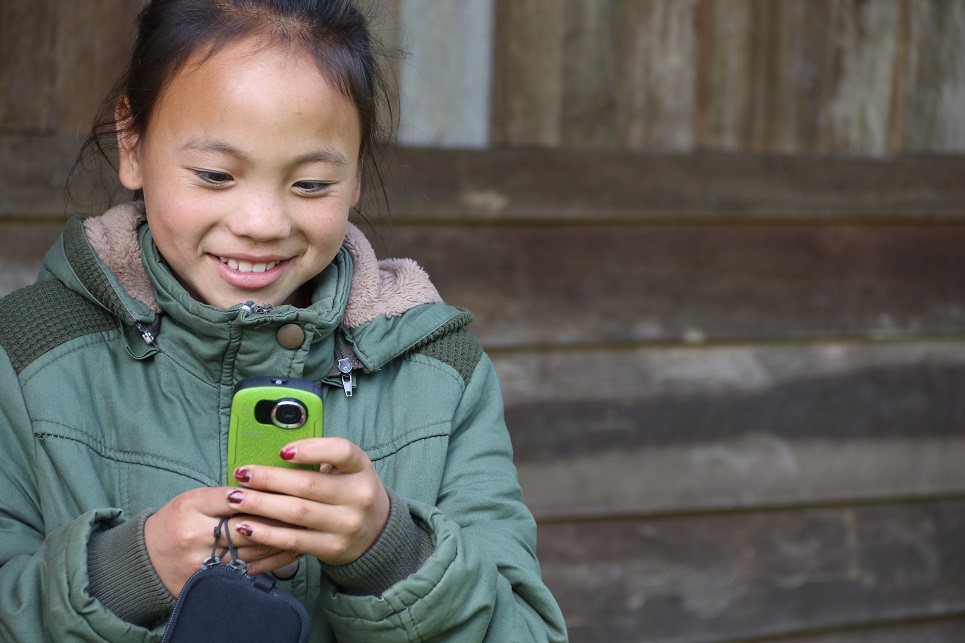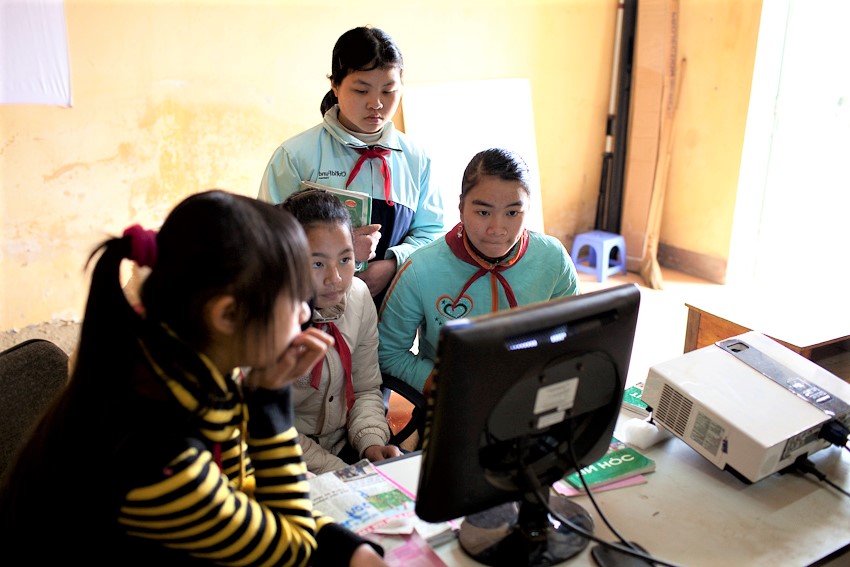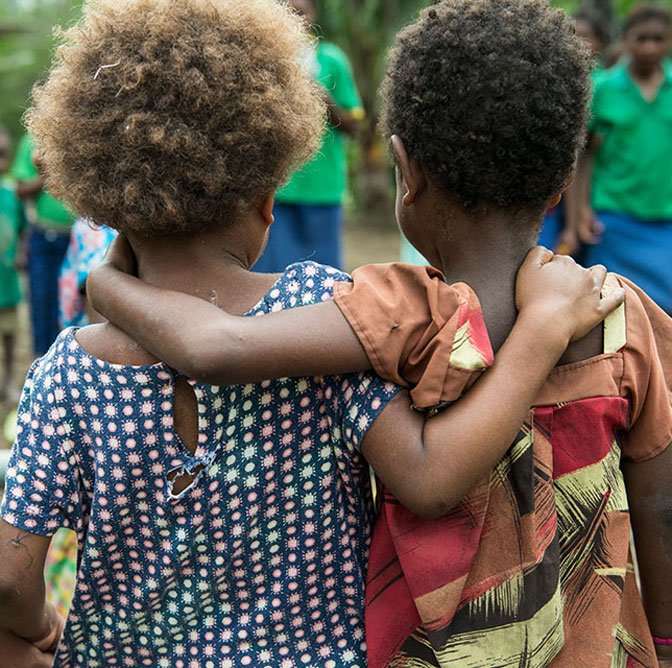But in southeast Asia, internet access has arrived in a sudden technological leap. In many of the communities where ChildFund is working, families have gone from no knowledge of the internet a few years ago to connecting online via a cheap handheld device – skipping altogether landlines for phone and cable for web.
But just like in Australia, teens in developing countries are the most enthusiastic and early adopters of new tech. Like us, their parents are struggling to learn what they are up to online, and have the same concerns and worries about how to keep them safe.
In Vietnam, ChildFund Australia is helping with this transition. With the support of the Global Partnership to End Violence Against Children, the ChildFund Swipe Safe project will target 12,000 teenagers in 30 Vietnamese high schools, as well as their parents and teachers, to help them make the most of the online world. ChildFund will also partner with local businesses in Vietnam, encouraging internet cafes and online gaming shops to sign on to child safety codes of conduct.
The ChildFund Swipe Safe project will teach teens and parents a range of important concepts to help them safely navigate the online world, such as understanding that anything posted online is permanent, that “privacy” and “security settings” don’t always keep you as hidden as you might think, and that the anonymity of the web can weirdly change the ways humans behave.
We are also going to work with them on issues of media literacy such as how to fact-check and uncover fake news, the type that a certain guy has made so well-known this year ;).
Participants will use cheap smartphones throughout the training to complete tasks using apps such as YouTube, Facebook, WhatsApp, Zalo, WeChat and SnapChat. ChildFund will also support star performers to help their mates by setting up WhatsApp chat groups that participants can go to for online “helpdesk” support.



